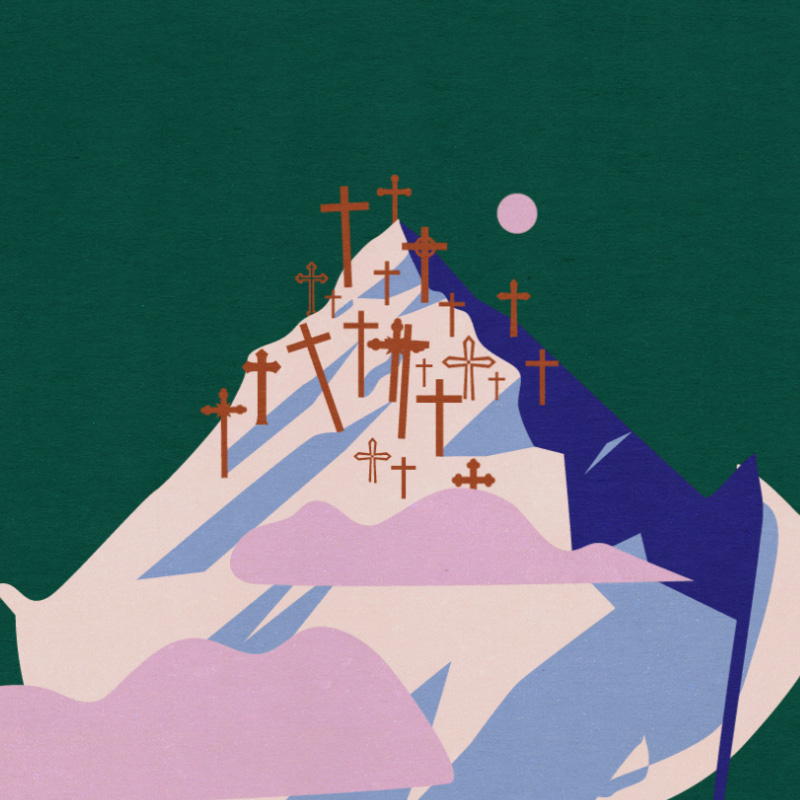The Holy Hill With 200.000 Crosses
> BACK TO 100 STORIESEvery year, crowds of Lithuanian and foreign tourists visit the Hill of Crosses – a small Jurgaičiai-Daumantai hill fort near Šiauliai, where there are currently about 200.000 crosses of various sizes. While this mountain raises deep respectful religious feelings in most people, it is also called one of the strangest or even most terrifying places in the world in some foreign travel guides. This is not surprising: there are so many crosses on the hill fort that the space resembles a labyrinth. The mountain seems filled with mysterious life when the rosaries (strings of beads used for prayers) hung on the crosses begin to rattle on a windy day.
Hills of crosses are exceptional places found not only in Lithuania, but also in Poland. The first hills of crosses in Lithuania appeared around the sixteenth century. These places were believed to be magic: people put crosses here and hung rosaries or pictures of saints in order to be cured from diseases, give thanks to God or ask for miracles.
There are several versions of how Jurgaičiai hill fort was turned into the Hill of Crosses. There was a wooden castle on that hill in the Middle Ages, which was destroyed in the fourteenth century by the Livonian army. It is unclear why and who started placing the crosses there. According to one version, the crosses date back to the uprisings of 1830–1831 and 1863–1864. Lithuania and Poland were occupied by Tsarist Russia at that time. The rebels wanted separation from Russia and the abolition of serfdom. It could be that the first crosses were put up on the hill by the relatives of those who died in the uprising of 1831. More crosses appeared on the hill after eleven participants of the second uprising were killed in 1864. The tsar's government demolished the crosses, but this didn’t stop the people and the number of crosses kept increasing.
Another legend says that the Virgin Mary appeared on the hill with the baby Jesus at some time around the end of the nineteenth century and said that crosses should be built there. Yet another version says that the first cross was built by a man living near the mountain in 1847, when his daughter got seriously ill. The father believed that by building the cross he would receive the mercy of God and his daughter would be healed.
The Hill of Crosses gained special significance when Lithuania was occupied by the Soviet Union in the twentieth century. The Soviets fought against religion: they closed churches and destroyed holy places and objects. Demolition campaigns for the Hill of Crosses were also organised and part of the hill itself was even demolished. But people continued to come there to pray, and they placed new crosses at night to replace those that had been destroyed. In the last decades of the twentieth century, several pilgrimages to the Hill of Crosses were organised – it became a symbol of resistance to the Soviet regime.
The most famous visitor to the Hill of Crosses was Pope John Paul II, who arrived in Lithuania in 1993. Following the suggestion of the Pope, Lithuanian Franciscans built a monastery near the hill in 2000. Currently, the Hill of Crosses is the second most important Holy place in Lithuania (the most important one is Vilnius Cathedral). It is estimated that more than 250.000 tourists and pilgrims visit the hill every year.

